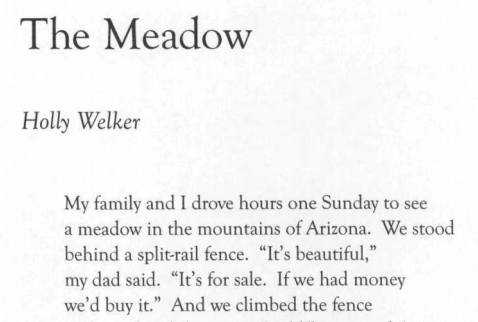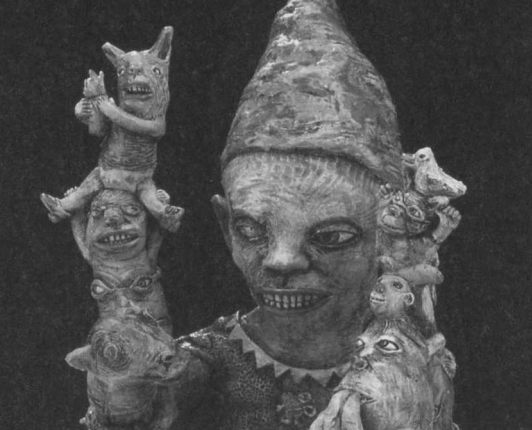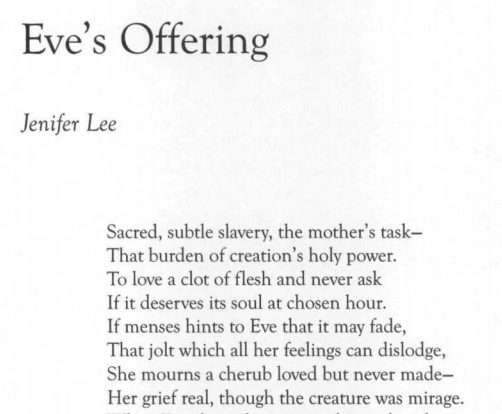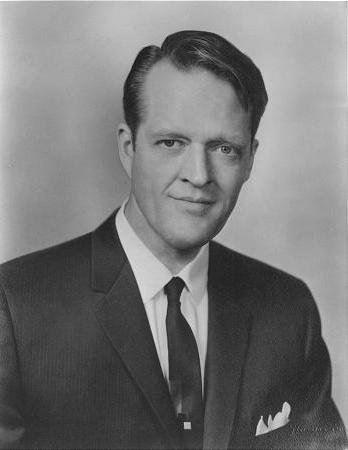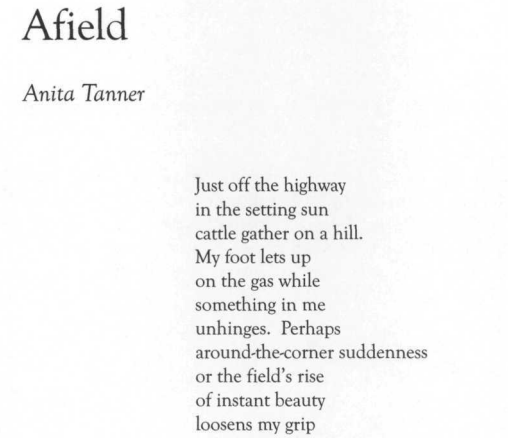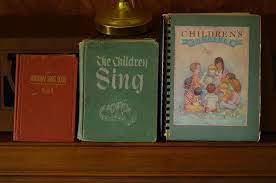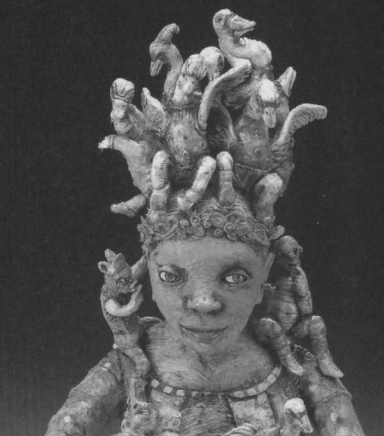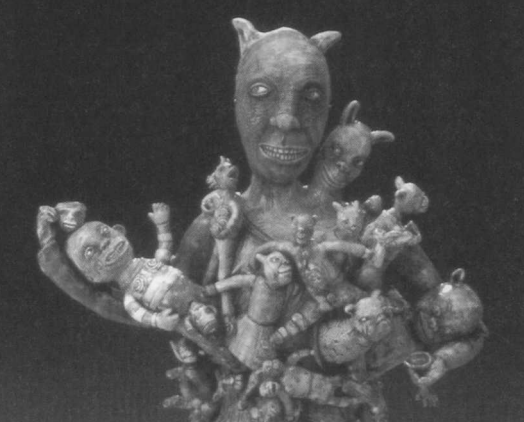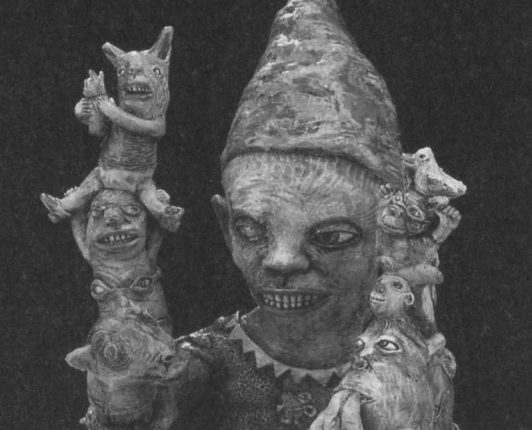The Meadow
March 23, 2018My family and I drove hours one Sunday to see
a meadow in the mountains of Arizona. We stood
behind a split-rail fence. “It’s beautiful,”
my dad said. “It’s for sale. If we had money
we’d buy it.” And we climbed the fence
and wandered that acre of wildflowers and ferns,
ate fried chicken and picked up our litter,
and went home.


